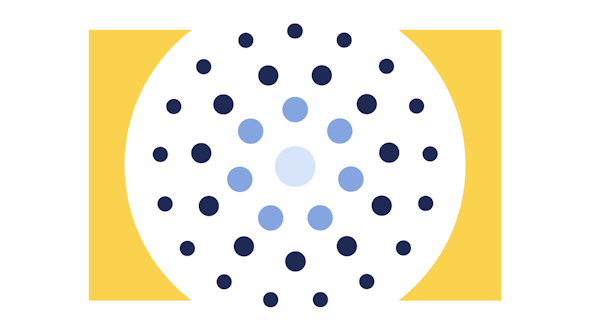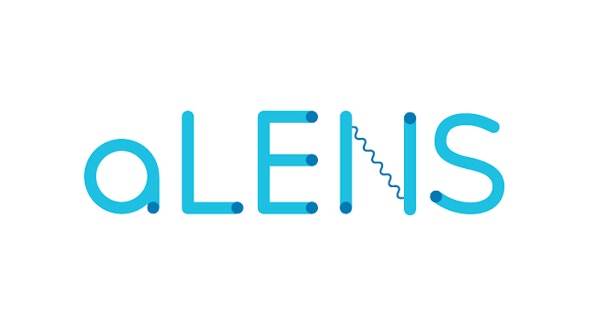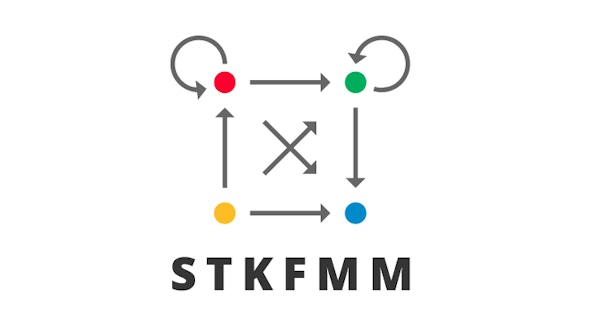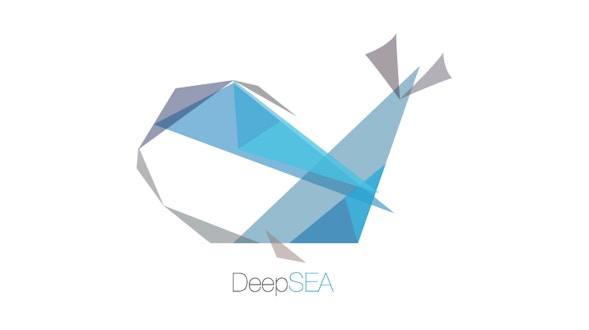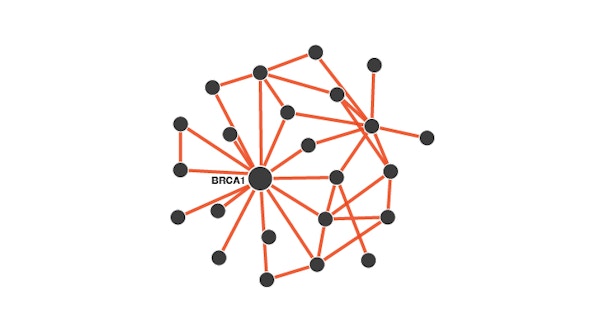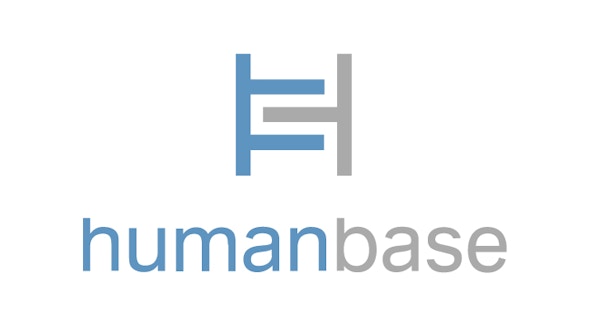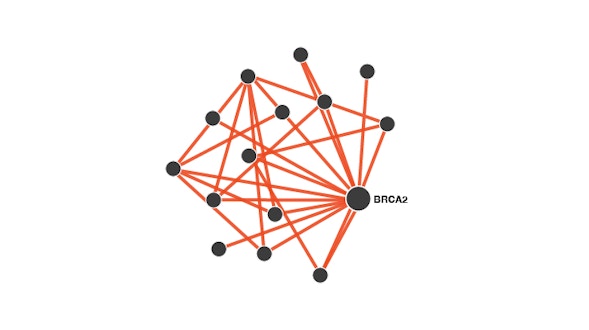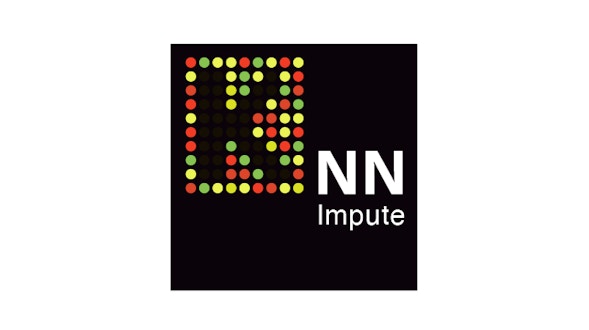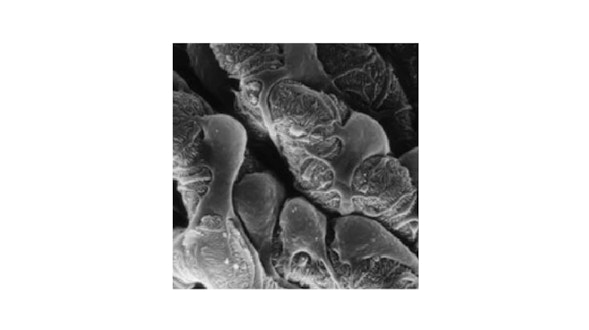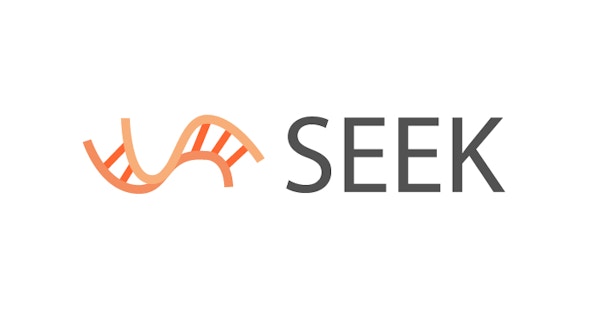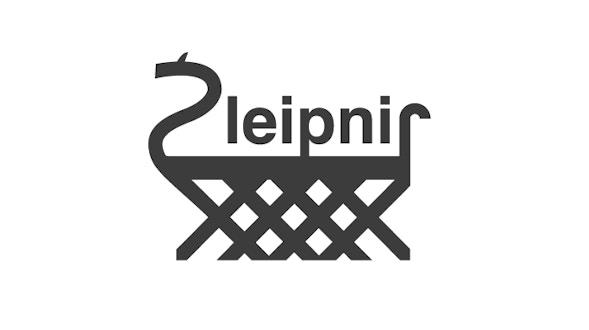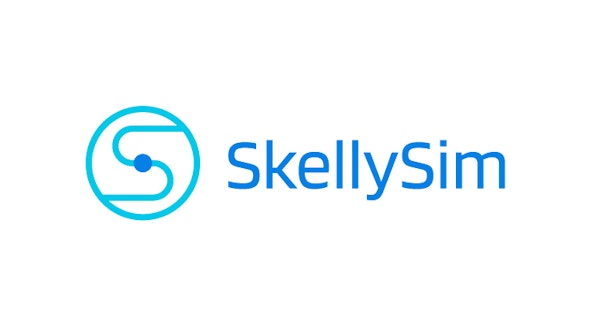Despite its power and versatility, the Rosetta software suite struggles to take full advantage of modern computing hardware. Masala is a set of C++ libraries for macromolecular modelling developed by the Biomolecular Design group, which are intended for use either as standalone software, or as a support library for existing software, such as Rosetta. Masala is ultimately intended to replace much of the functionality of Rosetta, and to harness modern parallel computing hardware (CPUs, GPUs or FPGAs), or current and near-future generation quantum computers (quantum annealers or gate-based systems) for NP-hard optimization problems. Its versatile plugin system permits third parties to develop specialized macromolecular modelling tools, and to use these seamlessly with existing macromolecular modelling packages that can link Masala, such as Rosetta. The Standard Masala Plugins library contains several high-efficiency optimizers useful for problems like rotamer optimization, sequence design, or conformational relaxation.

